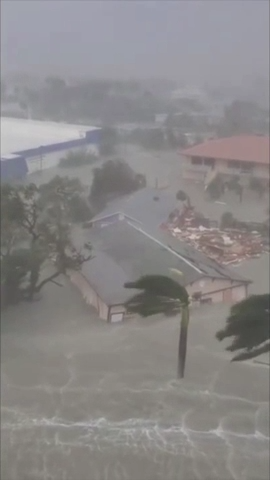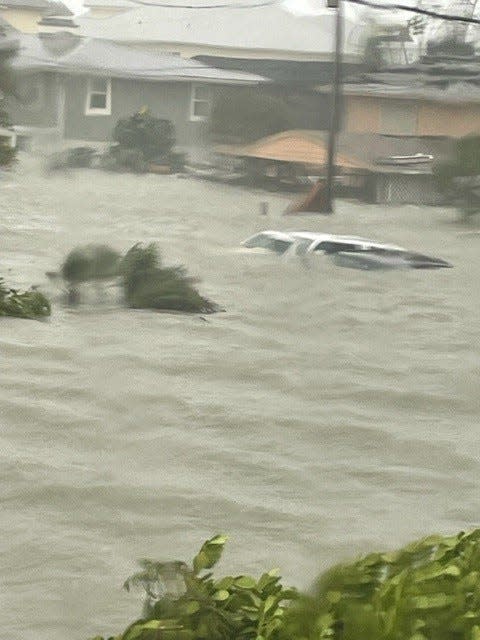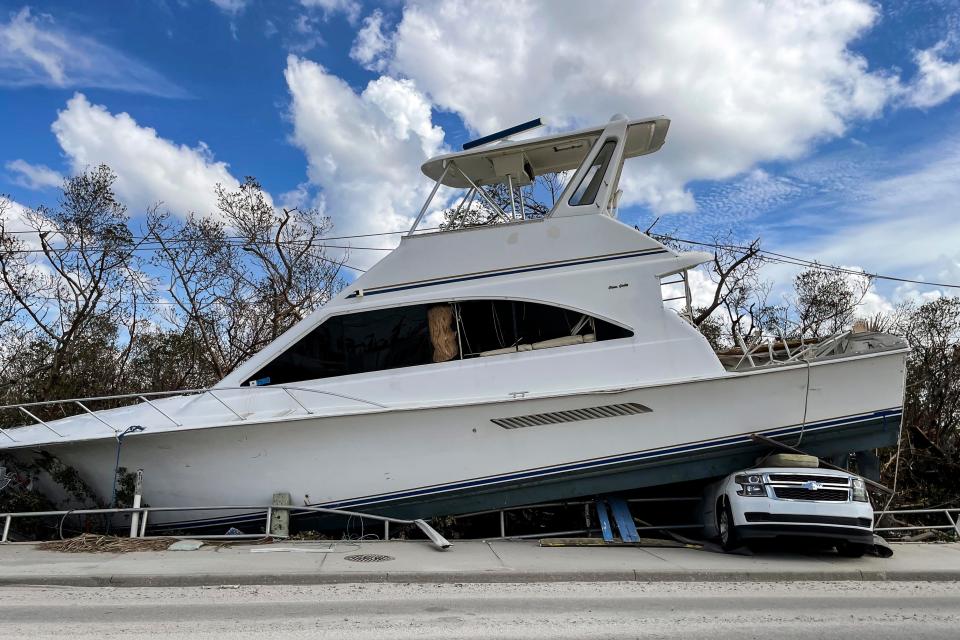Rapid forecasting system predicts sea level rise
In 2017, the National Oceanographic and Atmospheric Administration (NOAA) awarded a grant for $1 million to professors Peter Sheng at UF and Mike Savarese at FGCU to develop a tool for Collier County that would predict coastal flooding from sea level rise together with future storms which are becoming stronger. This tool employs the best available science and was delivered over a two-year period to Collier County; the Emergency Management staff and numerous others were trained in its use. The ACUNE (Adaptation of Coastal, Urban & Natural Ecosystems) Tool covers 2020, 2030, 2060 and 2100 for low medium and high sea level rise.

As Hurricane Ian approached, Collier County did not use the ACUNE Rapid Forecasting System which lets an advanced user enter storm specific criteria to predict locations and intensity of impacts. The county was very late to call for a mandatory evacuation (4:47 p.m. on Tuesday) when it was raining, getting dark and shelters did not open until 5 p.m. As early as Monday morning it was known that there would be a surge risk along the Gulf Coast of at least 5 feet. This was not communicated adequately and only a voluntary evacuation of Zone A was called. Lee County called for a mandatory evacuation at 9 a.m. Tuesday. The City of Naples, which was the most affected area in Collier County, was prohibited from calling for a mandatory evacuation until the county took action; they did so at 5:37 p.m. Residents of first-floor units near the Gulf were not warned to at least seek higher levels by bullhorns or door knocking, and many of the elderly live on the first floor so they do not have to climb stairs.
Retrospective analysis performed before and after Ian showed that the Rapid Forecasting System, which was employed by the ACUNE during Irma, was highly accurate in predicting the locations and severity of impacts of the storm surge in Collier County. If it had been used, the evacuation would have been called earlier and a number of serious incidents could have been avoided.
Hurricane Ian has taught us that there are some improvements needed in the ACUNE Tool such as the ability in the Rapid Forecasting System to add/subtract tide levels. Ian struck Naples at a king high tide which added 3 feet to the 6-9 foot storm surge making it 9-12 foot surge. The radius of the storm as well as how fast it is moving also affect the intensity of surge. It is also a good time to update the base map with a more up-to-date Google map to show new construction. When new LiDAR (light detection and ranging or laser scanning) is available, it should be incorporated as well – this shows the detailed topography. It is hoped that these changes can be implemented before the next storm season.
ACUNE uses detailed topography including the latest LiDAR data with detailed wetland data to model surges and flood. Dr. Julia Nesheiwat, the former Florida state resiliency officer, referred to ACUNE as “the best tool in the State of Florida” for flood planning and adaptation.

ACUNE can also be used to help increase resiliency to storm surge and coastal flooding. It can identify areas where residents may need to be actively alerted, areas to be avoided by vehicles as they are likely to flood, key roads that need to be raised (e.g., 4th Avenue N. near the hospital, and Goodlette Frank near the zoo), and areas where evacuation is likely to become impossible in the event of a severe storm (e.g., Port Royal and Aqualane Shores, Gulfshore Boulevards North and South, and Naples Cay).
The ACUNE Tool has shown itself to be extremely accurate and useful. It is therefore important that it be used to improve response by counties and cities in the future.

The League of Women Voters has been involved with ACUNE from the beginning. They have helped obtain letters of support, interviewed about 100 leading citizens to learn what they thought were the county’s main vulnerabilities, prepared the user guide, conducted training of county and city staff, and educated local groups like Rotary Clubs, HOAs and others. This education function is continuing and ramping up during this more active season when more citizens are in residence.

Judith Hushon, Ph.D., has been involved with the development and roll-out of ACUNE since 2017 and is currently part of the team from the Collier County League of Women Voters conducting staff training and briefing local community groups on the ACUNE Tool. If your group is interested in a briefing, you can contact Lynn Martin at 917-513-6600.
This article originally appeared on Fort Myers News-Press: Rapid forecasting system predicts sea level rise

